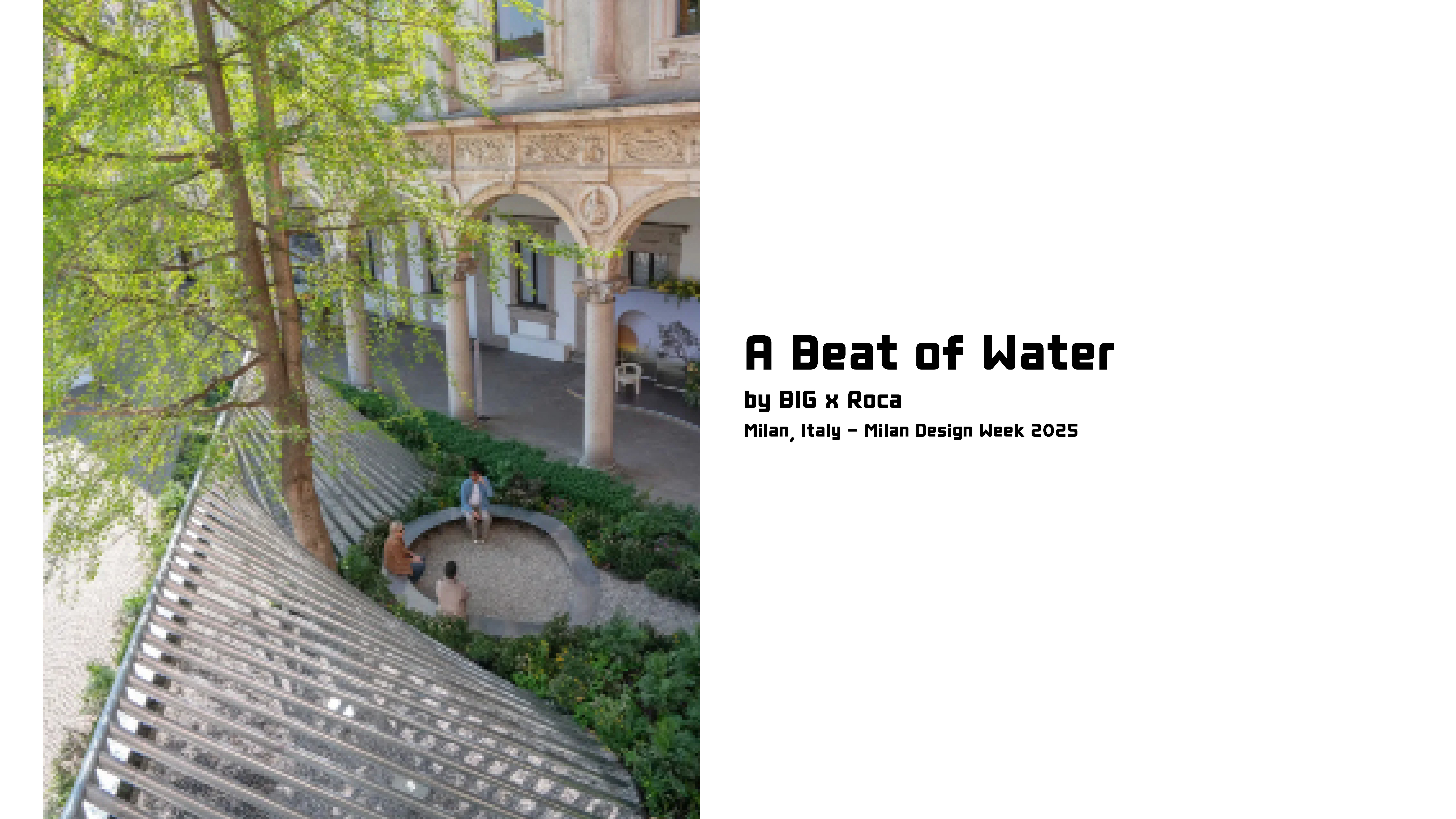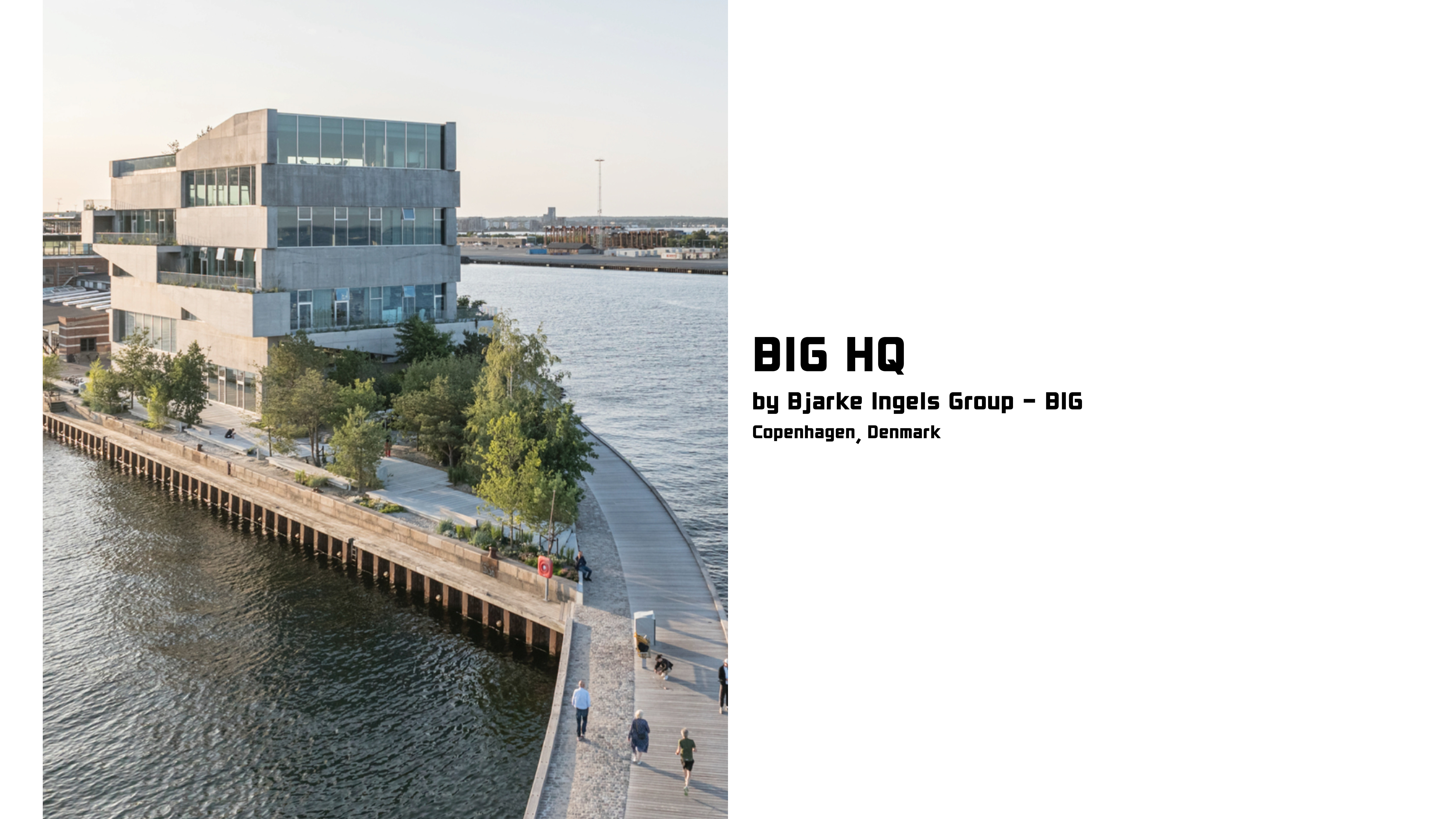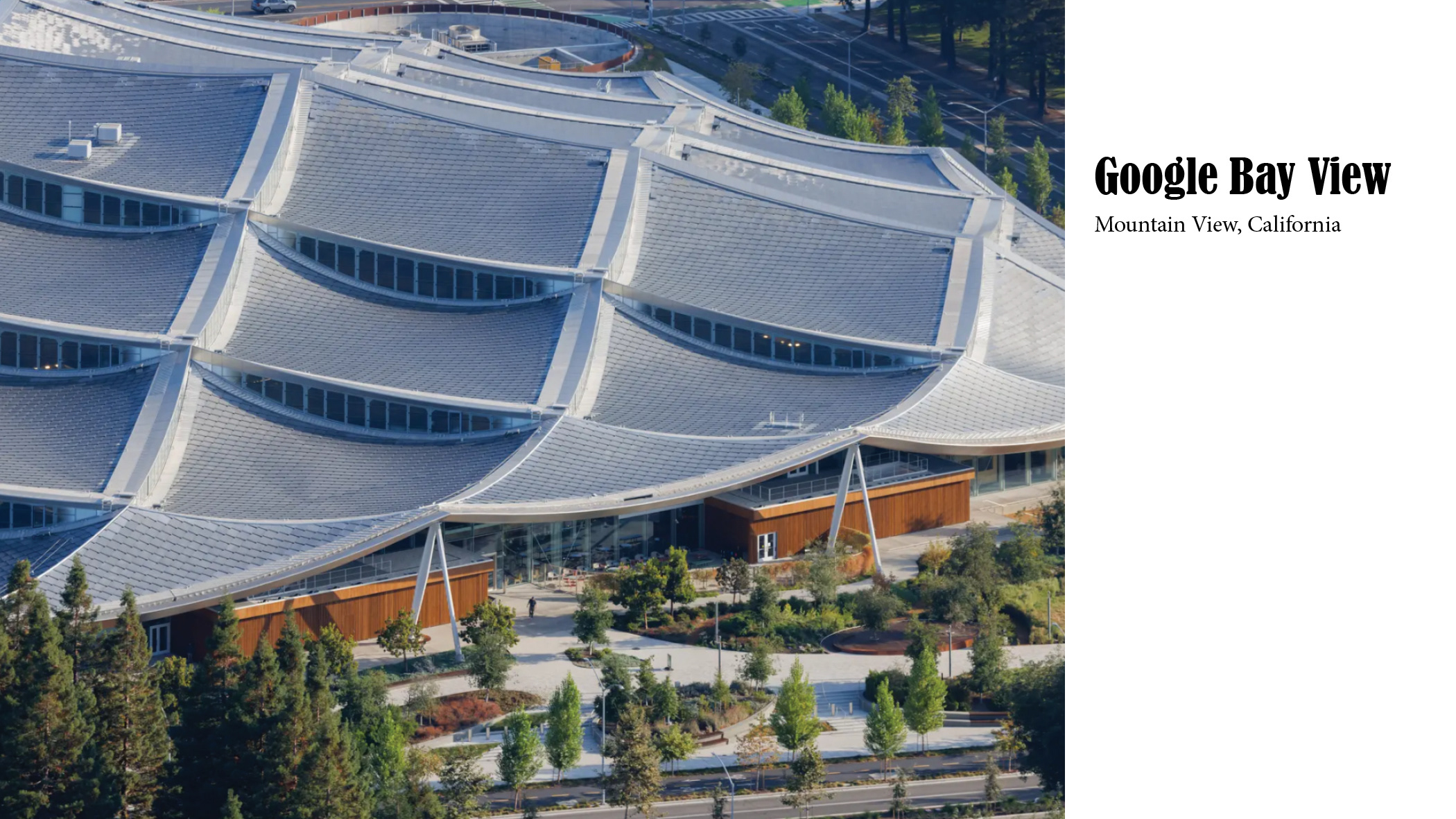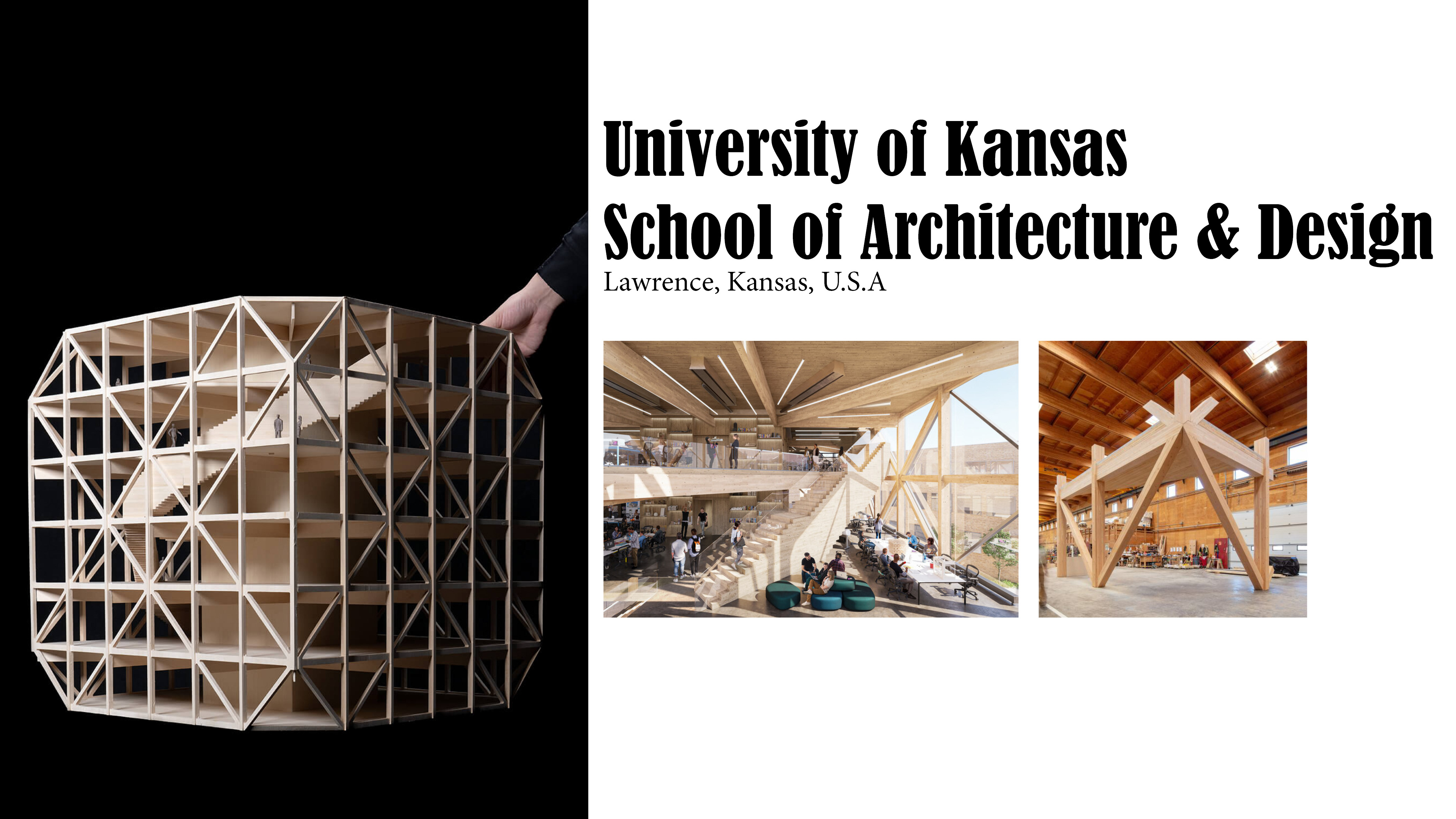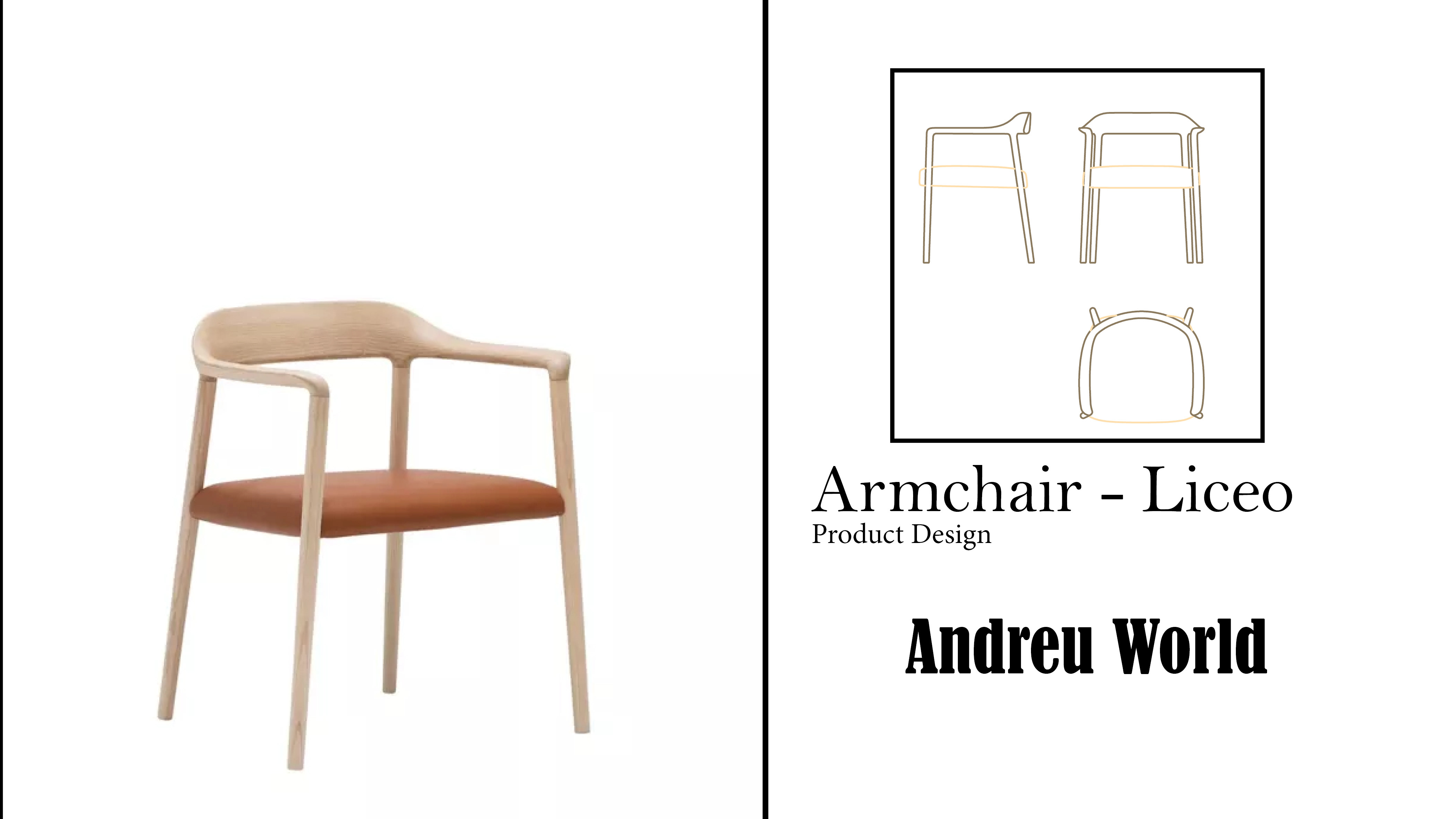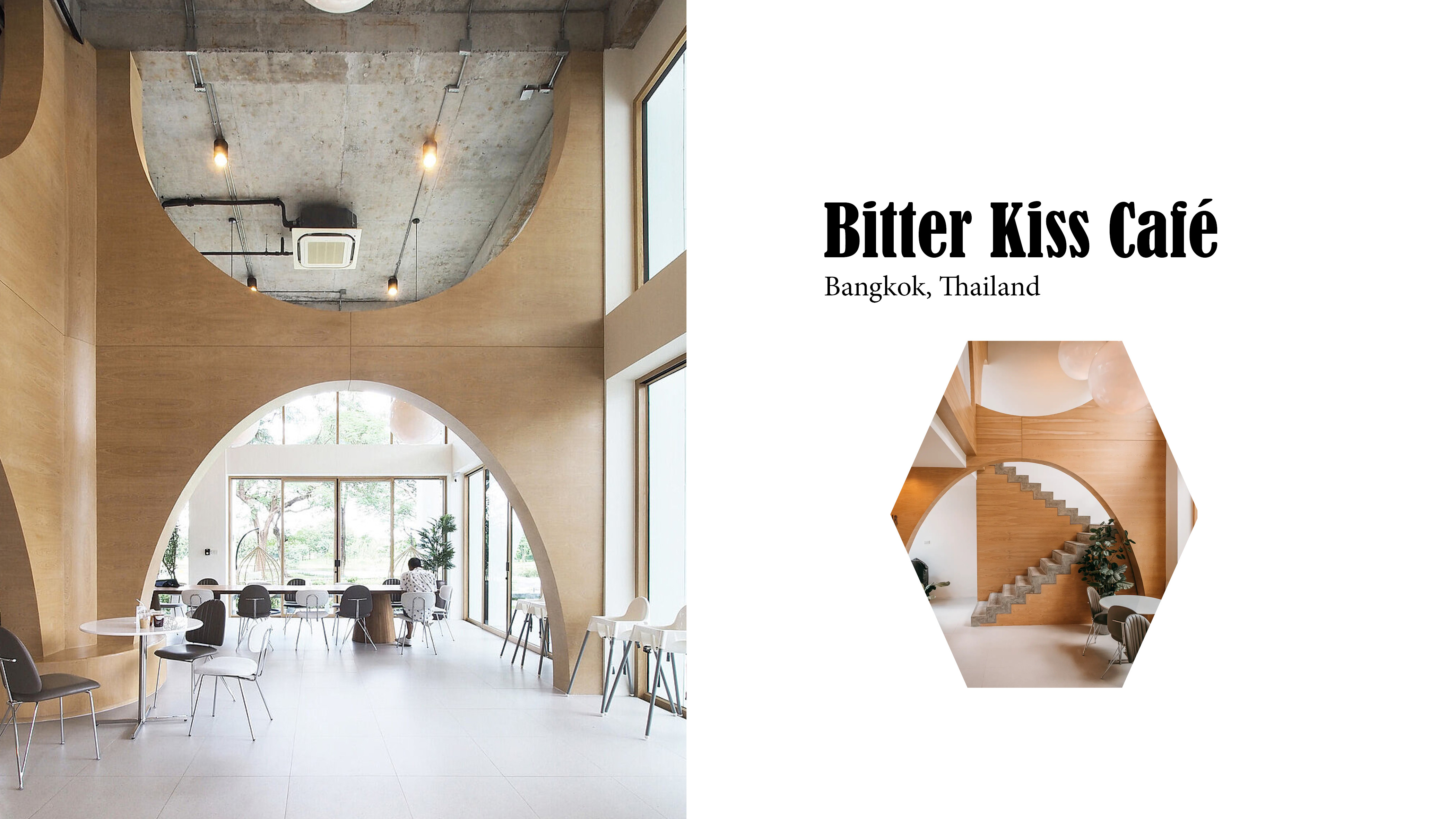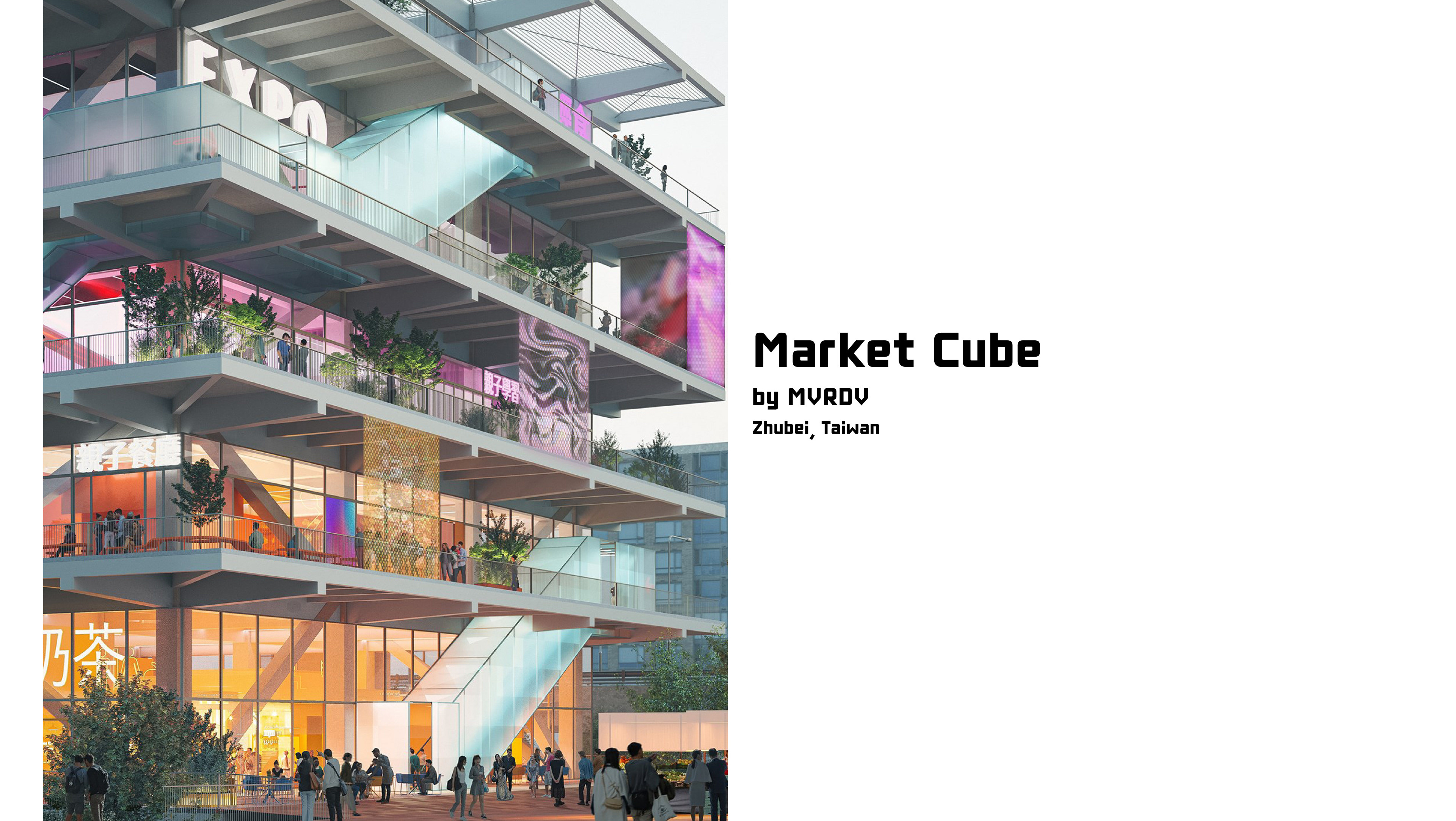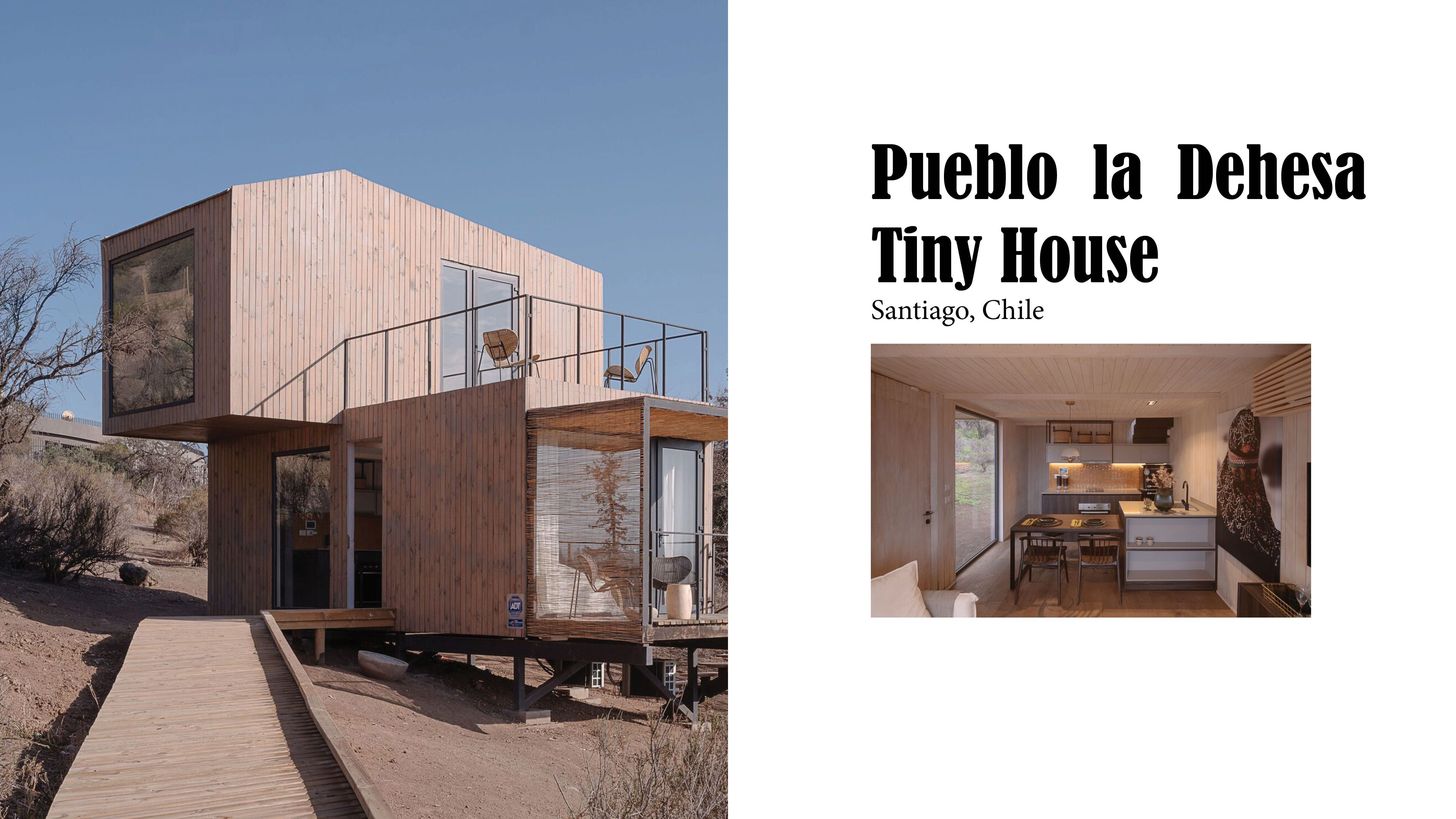Mar. 22. 2025
Reviewed by David Vi Boi Huynh, BOI ARCHI DESIGN
1. What "Form" Did Heatherwick Studio Give to Xi’an CCBD, Xi'an, China?
Heatherwick Studio conceptualized the Xi’an Centre Culture Business District (CCBD) as an integrated urban landscape that harmoniously blends architecture, nature, and cultural heritage. The centerpiece of this design is the "Xi’an Tree," a vertical garden that ascends approximately 57 meters, symbolizing growth and connectivity. Surrounding this central feature is a network of walkable streets, terraces, open plazas, offices, apartments, accommodations, and green spaces, creating a dynamic and engaging environment for both residents and visitors.
2. How Did They Give This "Form"?
Heatherwick Studio employed a design approach that draws inspiration from local materials and traditional craftsmanship. The facades are adorned with tiles produced by local artisans, featuring a distinctive glaze that adds texture and visual interest. Extensive mock-ups were created to ensure optimal results, culminating in a tactile experience that invites visitors to engage with the structures. The "Xi’an Tree" serves as a vertical park, comprising 56 elevated "petals" or terraces, each showcasing cascading gardens that reflect the diverse biomes of the ancient Silk Route, ranging from alpine tundra to dry steppe. This thoughtful integration of natural elements fosters a seamless connection between the built environment and the surrounding landscape.
3. Is It a Good Form for the Public?
The design of Xi’an CCBD prioritizes public engagement and accessibility. The incorporation of walkable streets, open plazas, and green spaces encourages community interaction and provides versatile areas for social gatherings, cultural events, and leisure activities. The "Xi’an Tree" offers visitors the opportunity to ascend through various terraces, each providing unique perspectives and experiences, thereby enhancing the overall appeal of the district. The use of locally crafted materials not only supports regional artisans but also instills a sense of cultural identity and pride among the public. Collectively, these elements contribute to a vibrant and inclusive urban environment that caters to diverse public needs.
4. Will This Form Continue to Give in the Future?
The sustainable and adaptive design principles employed in Xi’an CCBD suggest that the district is well-positioned to remain relevant and beneficial in the future. The integration of green spaces and vertical gardens contributes to environmental sustainability by improving air quality and providing urban cooling effects. The modular nature of the terraces and public spaces allows for flexibility in accommodating future developments or changes in community needs. By fostering a strong connection to cultural heritage through the use of traditional materials and design motifs, the district is likely to maintain its significance and appeal over time, serving as a model for future urban developments that seek to balance modernity with tradition.
5. Conclusion
Heatherwick Studio's design for Xi’an CCBD exemplifies a thoughtful and innovative approach to urban development, where architecture and nature coexist harmoniously. The district's emphasis on public spaces, cultural integration, and sustainability not only enhances the quality of life for its inhabitants but also sets a precedent for future developments in rapidly urbanizing contexts. The "Xi’an Tree" stands as a testament to the potential of vertical gardens in urban settings, offering both aesthetic beauty and ecological benefits. Overall, the Xi’an CCBD represents a forward-thinking vision that respects cultural heritage while embracing contemporary design principles, ensuring its continued relevance and vitality in the years to come.

